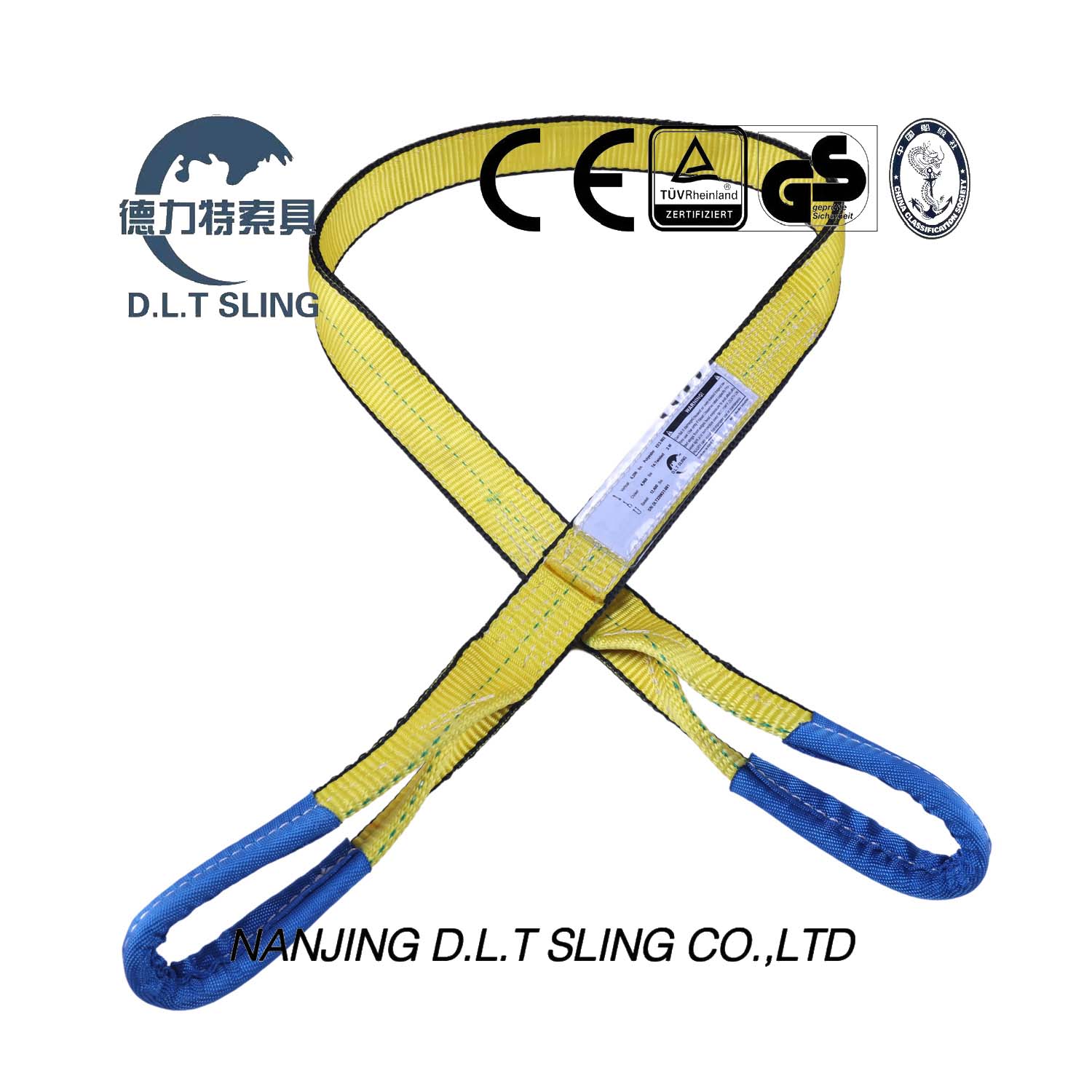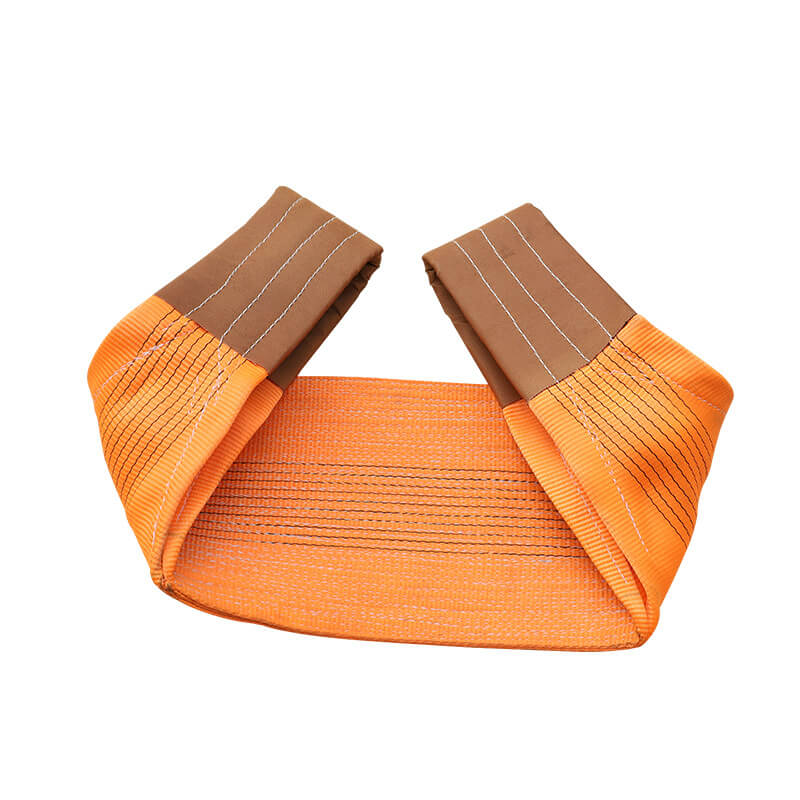What is the ASME standard for webbing sling?
The ASME (American Society of Mechanical Engineers) standard for webbing slings, specifically ASME B30.9, governs the safe use, maintenance, and inspection of webbing slings, which are used for lifting operations in various industries. This standard provides guidelines to ensure that webbing slings are used safely and effectively, preventing accidents and ensuring the safety of operators and the integrity of loads being lifted.
Webbing slings must be made of materials that are durable and resistant to wear and tear. Common materials used include nylon, polyester, and polypropylene. The ASME standard requires that slings made of synthetic materials be resistant to environmental factors like UV light, abrasion, and chemicals to ensure their longevity and safety.
The ASME standard dictates the minimum size, length, and strength of webbing slings to ensure they can handle the required loads. It also specifies how slings should be designed to minimize damage during use, such as avoiding sharp edges and ensuring the slings have adequate load capacity. The sling's capacity is often indicated on a label that includes the working load limit (WLL).
Regular inspection and maintenance are critical to the safe use of webbing slings. The ASME B30.9 standard provides detailed guidance on the inspection process. It requires operators to examine slings for signs of wear, fraying, and other types of damage before use. Slings should also be cleaned after each use to maintain their integrity.
ASME B30.9 outlines the importance of using the proper lifting techniques to prevent accidents. This includes ensuring the load is balanced and that the sling is correctly positioned. Operators must also be trained on how to safely use webbing slings to ensure the load is secured properly and the sling is not overloaded.
Webbing slings must undergo rigorous testing to ensure they meet the required safety standards. The ASME standard mandates load testing procedures to verify that slings can safely handle the specified weight limits. All webbing slings should be certified, and the certification labels should be visible and legible.
Webbing slings have a limited lifespan, depending on their usage and the conditions they are exposed to. The ASME B30.9 standard requires that slings be retired after a certain number of uses or when they show signs of damage. Proper disposal procedures are also part of the standard to prevent accidents due to the use of damaged slings.

